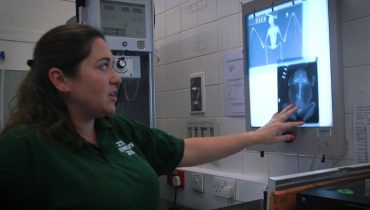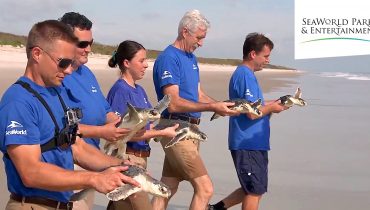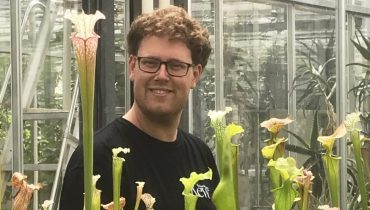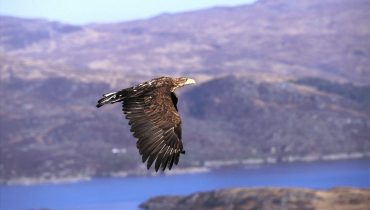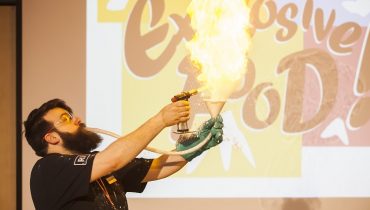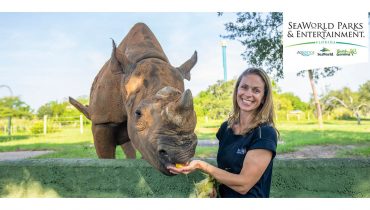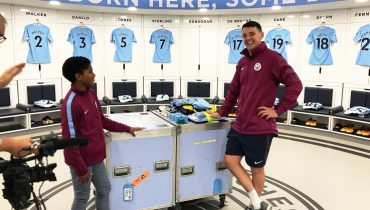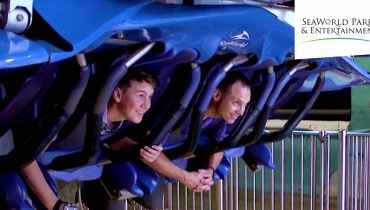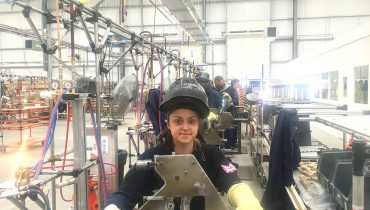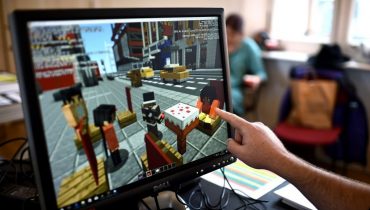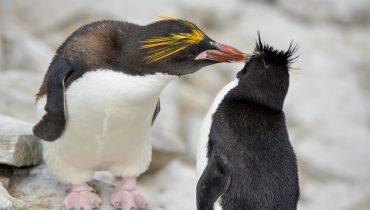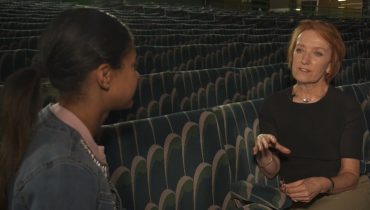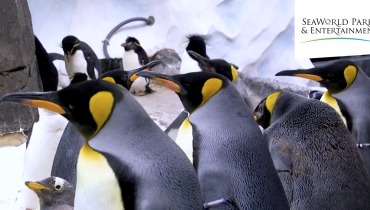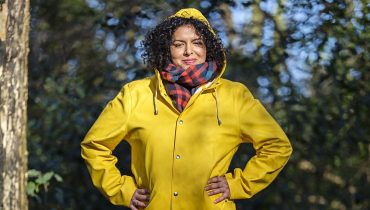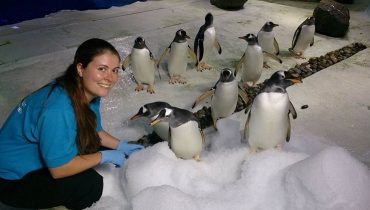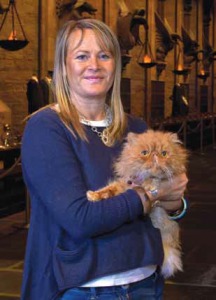
Julie Tottaman
Animal Trainer
I recently visited the Harry Potter Studios during the animal actors week. I was very privileged to meet Julie Tottaman, who with her team trained all the animals and birds that took part in all the Harry Potter films. I was able to ask her some questions about her job…
How long have you been doing this job?
I have been training animals for more than 23 years.
How did you get into the industry?
I started my career as a dog hairdresser and then a friend’s dad asked me to help with some of the animals on a small film he was making. It was after this experience that I decided that I was determined to work with animals in films.
What was the first big film you helped train the animals on?
My first big film was 101 Dalmatians, where I was the head puppy trainer. It was great fun, but got very messy at times. I’ve been involved in other films since.
What were the hardest animals to train?
The hardest animals to train were the snowy owls who played Harry’s beloved Hedwig. Everybody thinks owls are wise and clever but, unfortunately, they don’t remember things very well, which means it can take up to six months to show them a small trick.
Where do you get all the animals from?
My team and I try really hard to use rescue animals so we can give them a better life, but in some cases we can’t do this. Our animals come from all over. There were 40 kittens that were used for Dolores Umbridge’s porcelain kitten plates. We filmed them in front of a blue screen while they played happily with little balls of wool, wore witches’ hats and drove little cars. After filming had finished, all of them were adopted. Their current owners have no idea that their pets once starred in one of the Harry Potter films!
How do you train the animals to do what you need them to do on set?
We use markers which can be blended in to suit the scene – like a marker that matches the colouring on the floor or the wall. We use the clicker technique, where we place a treat on a wand above the camera or just off screen. With this technique we can easily get the animal to look at the camera, and it means that we can reward the animals with the treat at the end of the scene. It is amazing how, sometimes, animals can respond quicker than children!
What if an animal doesn’t want to do the trick or has had enough of waiting around on set?
We never force any animal to work, which is why we take three animals to the set each day. However, there are nine of each animal altogether, so if one gets tired or has had enough for the day, they can be swapped and rested. Hedwig was played by four different snowy owls and each one was trained to perform a very specific action.
Do you ever get fed up of your job?
No. All the years I have worked, I still love getting up each day to work with such amazing animals.



